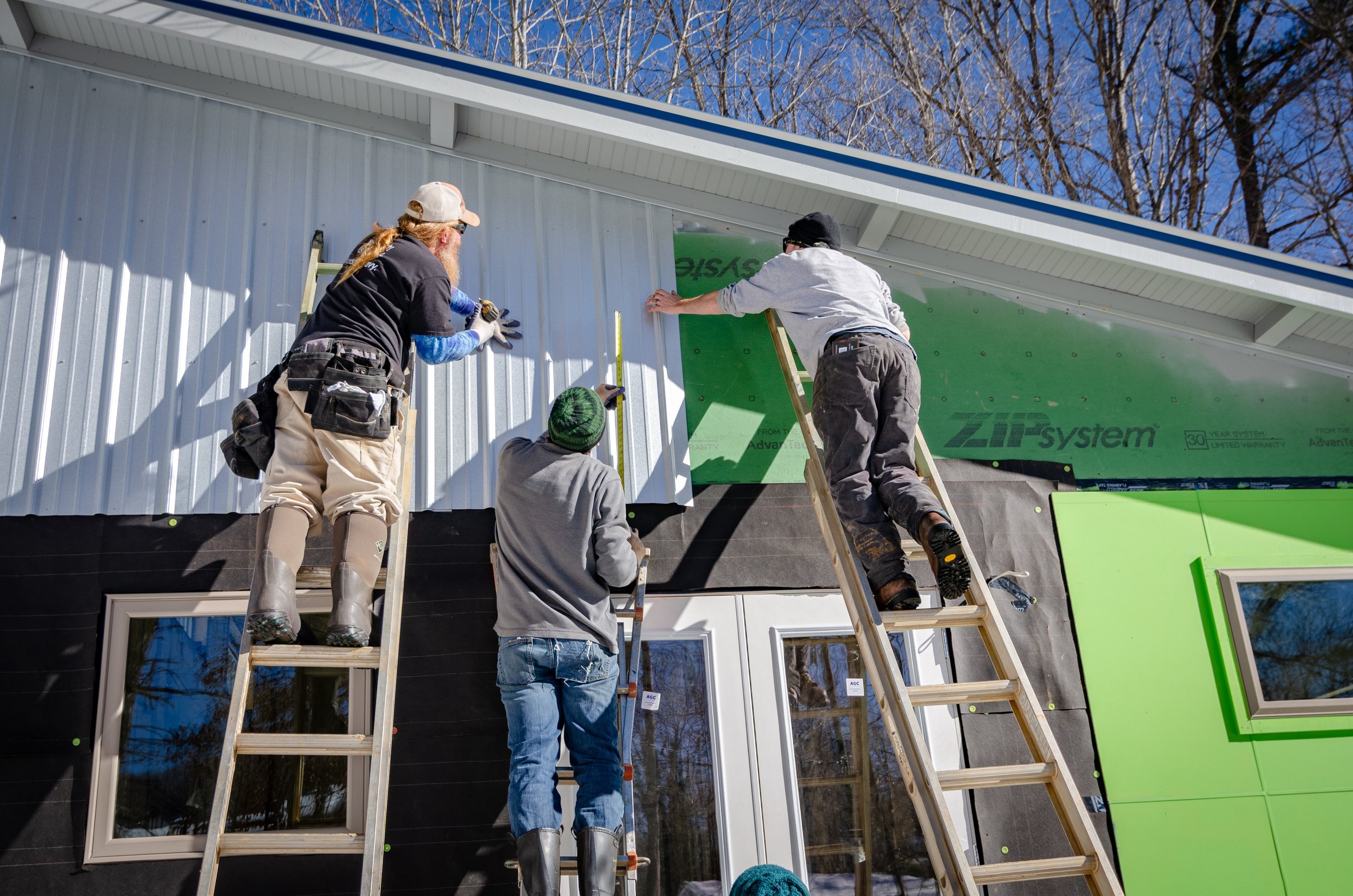Rising Cost of Building Materials and Homeowner’s Insurance
We've heard grumblings for about a year now about building material costs being on the rise, more specifically the price of lumber. While the impact is obvious in some industries, many don't stop to consider the impact this has on them directly.
You might not be building a new home today, but what would it cost to rebuild your current home with the cost of building materials today? These are the questions insurance companies ask themselves when providing coverage and can impact you in two big ways:
Your homeowners' insurance may be taking a larger than usual increase.
Large fluctuations in homeowners insurance rates primarily come from claim activity. More specifically, the frequency of a disaster, in addition to the cost to rebuild or payout for those losses.
The increase in building material costs has greatly reduced the number of claims the current pot of money can cover. For example, if the pot of money designated for claims could rebuild 1,500,000 homes in 2020, and building material costs increase by 50% in 2021, that same pot of money can only rebuild 1,000,000 homes. At this point, insurance companies often make adjustments to ensure they will be able to pay off future claims. These adjustments include:
1. Taking on fewer new clients and taking new clients on at a higher rate.
2. Increasing rates for existing clients
3. Alter their product to reduce the frequency and total cost of payouts.
If you're in an area that has sustained several weather-related losses, or an area that your insurance company has "over-saturated" the market (insurance language for taken on too many clients in a specific area), you may feel these effects more than others.
You might be underinsured.
Insurance companies use "Rebuild Cost Estimators" that factor in the current cost of building materials and your home's specifications. Oftentimes, this is the amount of coverage that is placed on your home.
A little bit of variance is expected, and most often a buffer is built into your policy. However, we're seeing variances larger than the typical 25% built-in buffer, particularly in policies that were written before 2017 when the last notable building material increase took place. This can also disqualify a homeowner for full replacement cost due to not meeting the 80% Insured to Value standard –
So what does all that insurance jargon mean? Due to the increase in building material costs, you may be underinsured and could be stuck paying thousands out of pocket, even in the event of a partial loss!
If you haven't done so recently, now is a great time to review your current policy and ensure you're covered at the cost of today's building materials.
– The increases in building material costs in both 2017 and over the past year can impact your homeowners' insurance in two ways:
1. You may be underinsured - This could leave you paying thousands in the event of a claim. If your policy is more than a few years old, review this with your agent.
2. Your premium is likely to increase more than usual this upcoming year. This is due to the higher cost of building materials, which in turn increases the cost of claims.

